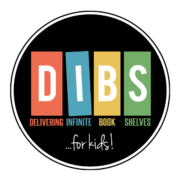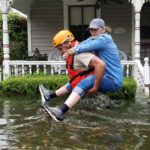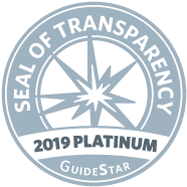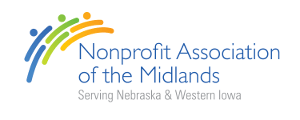The Book Mirage: An illusion of endless reading opportunities for kids
Picture two 1st grade students. Their classroom is filled with books that line several different book shelves, which they will pick out and read independently. They spend the day going over sentence structures, they take a spelling test, they visit the library. Essentially, between 8:50 AM and 4:05 PM, both students had the same opportunities to grow their reading skills.
But then the students go home, where they spend over half their day during the school week, and two very different stories begin to form.
- Student #1 Has a bookshelf filled with good reads, and she picks one to read with her family every night. She’s always been surrounded with books and supported to read them, so she’s fostered a love for reading at a very young age. She visits the public library almost every weekend. Reading is her favorite subject and she excels at it.
- Student #2 has a handful of books, but most are either too easy or hard to read. Sometimes she will read with her family, but her dad works most nights and her mom is usually busy taking care of her two younger siblings. She rarely gets new books because her family barely makes enough to pay the bills. She has only been to the public library once because her family doesn’t have a car. She struggles in school because she has a hard time reading and understanding directions.
Student #2 lives in what we call a “Book Desert.”
Like the desert ground is sometimes so dry it forms a web of cracked earth, this student’s life is filled with knowledge gaps because a vital resource, books, is missing outside of regimented school reading or library time.
It seems like she has abundant opportunities to get better at and enjoy reading in class, but since the access she has to reading at home is either restricted or nonexistent, she falls far behind Student #1.
Welcome to an idea we call…
THE BOOK MIRAGE
…It’s the feeling you get when you realize that just because kids are constantly surrounded by books doesn’t mean they are properly supported to read and comprehend them, and that this is why droves of young students continue to struggle and fall behind.
It’s when you see the difference between a student who’s enabled to read outside of the classroom and a student whose reading is restricted.
It happens when you live in the world’s most powerful nation, with public libraries accessible to all, classrooms stuffed with books, and yet they still aren’t getting into kids’ hands.
It’s an illusion of abundance that creates passivity.
Poverty, and a lack of understanding around what growing up in poverty means, is one of the largest culprits that feeds into The Book Mirage. Over 60 percent of kids who grow up in low-income households don’t have age-appropriate books to read at home.
But there are a number of other reasons that explain this phenomenon:
- Public and school libraries aren’t the best distribution point because they aren’t always accessible, especially if students rely on public transportation.
- While teachers might load up their classrooms with books, many are reluctant to send them home with kids because they are often purchased out-of-pocket.
- Most public schools are unsure about investing in this because classrooms and libraries already have books. With extremely tight budgets and a myriad of other responsibilities and programs to run, the value isn’t always easy to see.
In, Omaha Public Schools over 75 percent of elementary students are considered to be living in poverty.
When these students go without opportunities for nightly, in-home reading, it severely hurts their ability to build literacy skills at a crucial time in development – when achieving Third Grade Reading Proficiency is paramount to future success.
It’s critical this proficiency is reached in 3rd grade because classroom dynamics begin to shift from “learning to read” to “reading to learn,” allowing students to master more complex subject matter in the 4th grade and beyond.
According to sociologist Donald Hernandez of City University of New York, kids who don’t reach proficiency by the 3rd grade are four times more likely to drop out of high school.
Which makes the following statistic all the more devastating:
In 2015, 77 percent of 4th grade students growing up in poverty in Nebraska scored below proficient in reading according to National Assessment of Educational Progress (NAEP) data.
Devastating, but not irreversible.
It’s high time we work to eradicate the idea that just because kids are in school and school’s have books they have the same opportunities to achieve reading proficiency.
WE BELIEVE THERE ARE TWO VITAL STEPS HERE:
- Not only acknowledging this reality, The Book Mirage, but caring enough to
- Develop solutions that help close this staggering resource gap between students without putting the brunt of the work on teachers to accomplish.
From our experiences working in elementary schools over the past several years, we’ll absolutely be the first to admit that these are incredibly difficult to accomplish, especially on a wide scale.
That doesn’t mean we shouldn’t try.
We’ve been able to prove in five Omaha elementary schools that this is possible. And while we haven’t perfected these solutions, we continue to build better, faster, more enticing and trackable ways to get books in the hands of students that need them the most, keeping teachers’ precious time and resources in mind.
And our estimates show this can happen with just $19 per student, per school year.
Omaha, we can’t afford to not do this. Together, let’s Make The Book Mirage a Book Reality, giving our kids better opportunities so they can create a better a future.

 Next Post
Next Post
